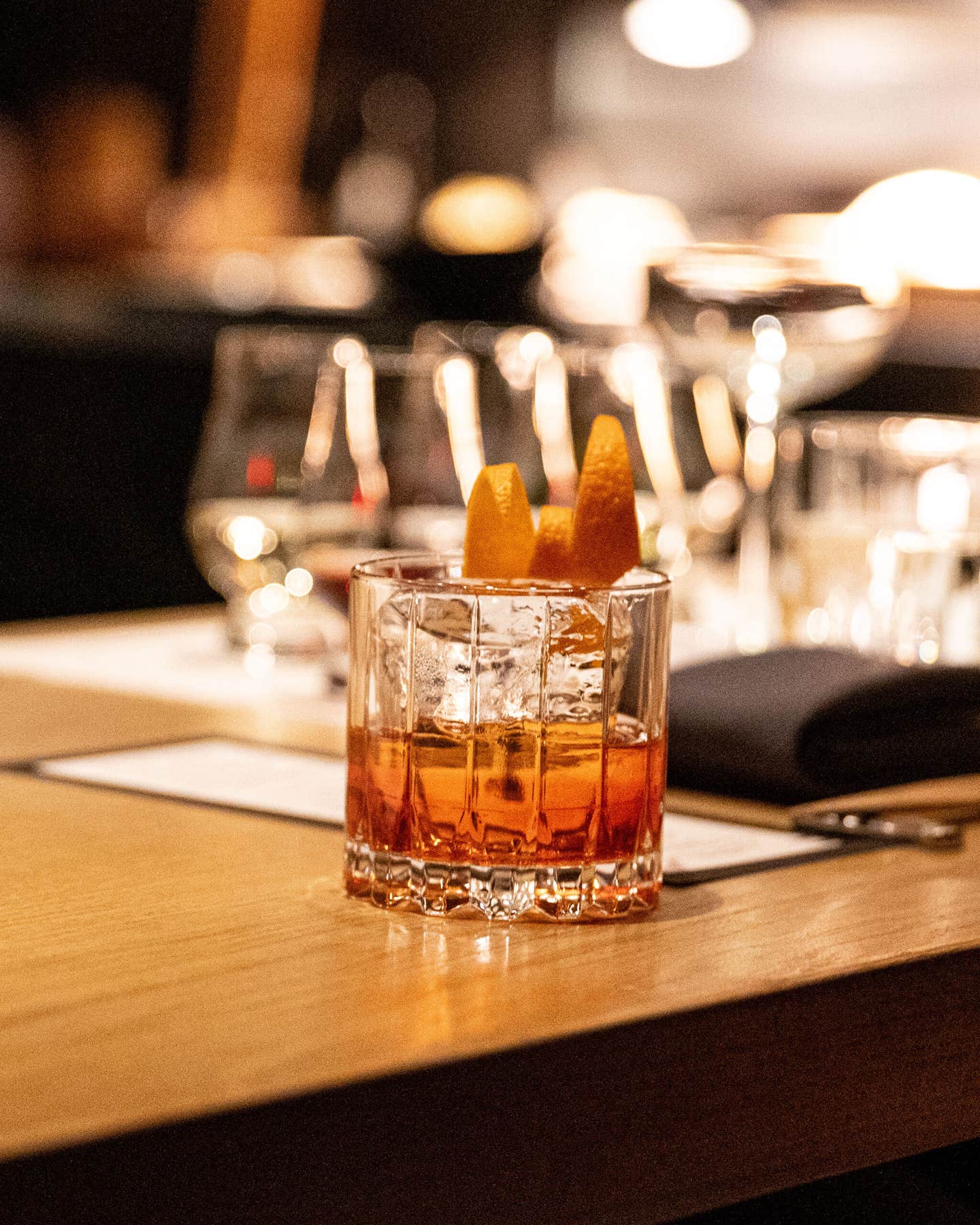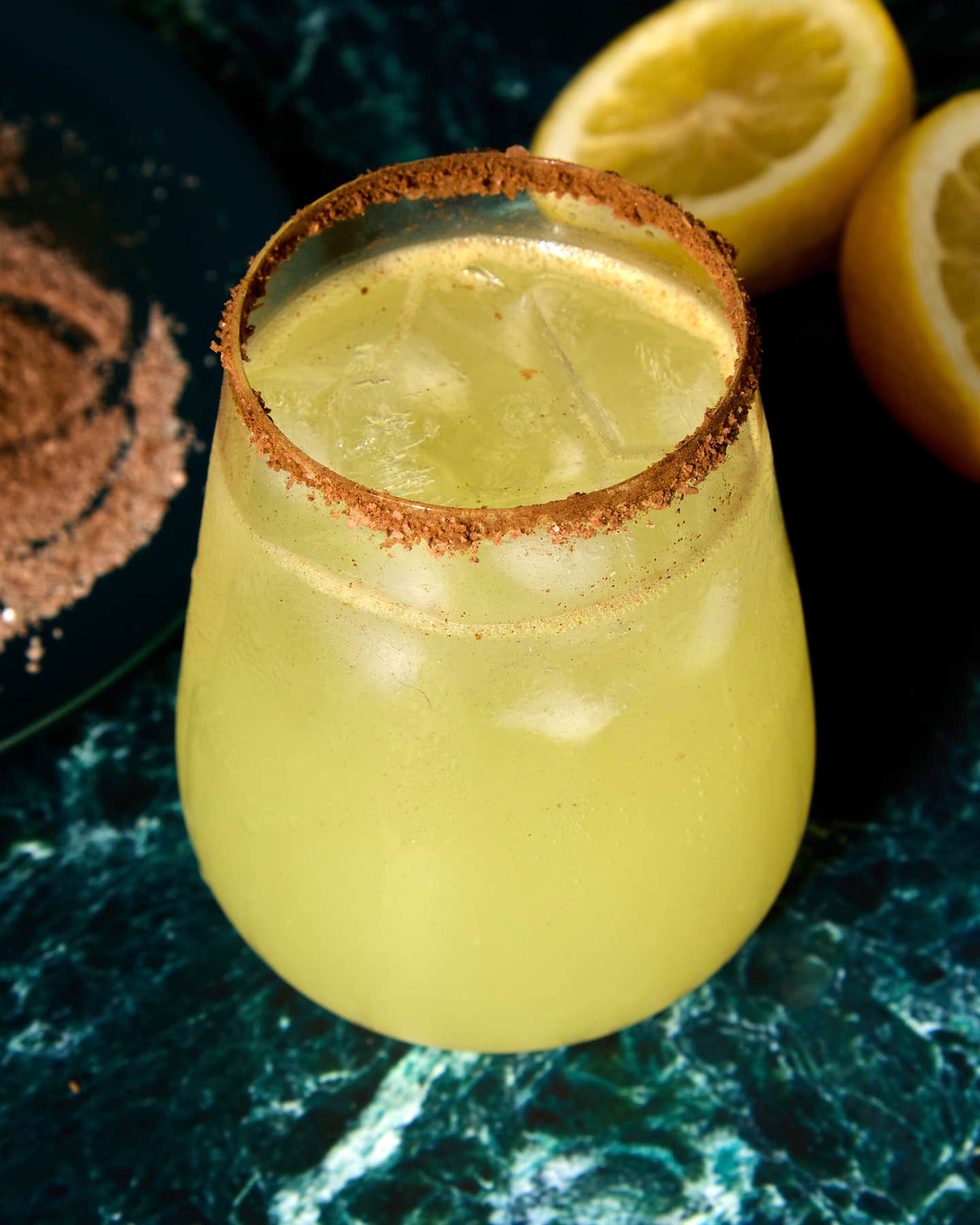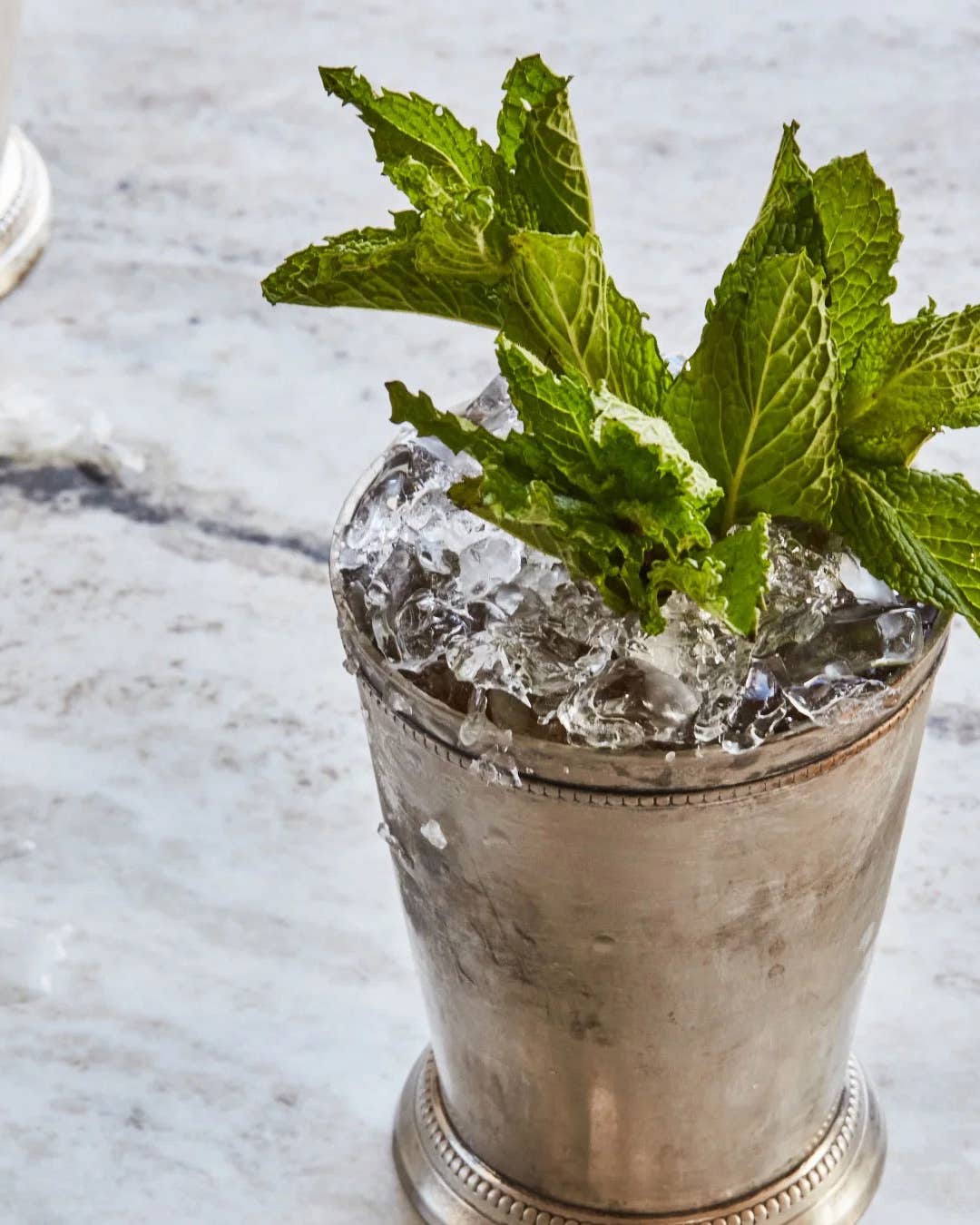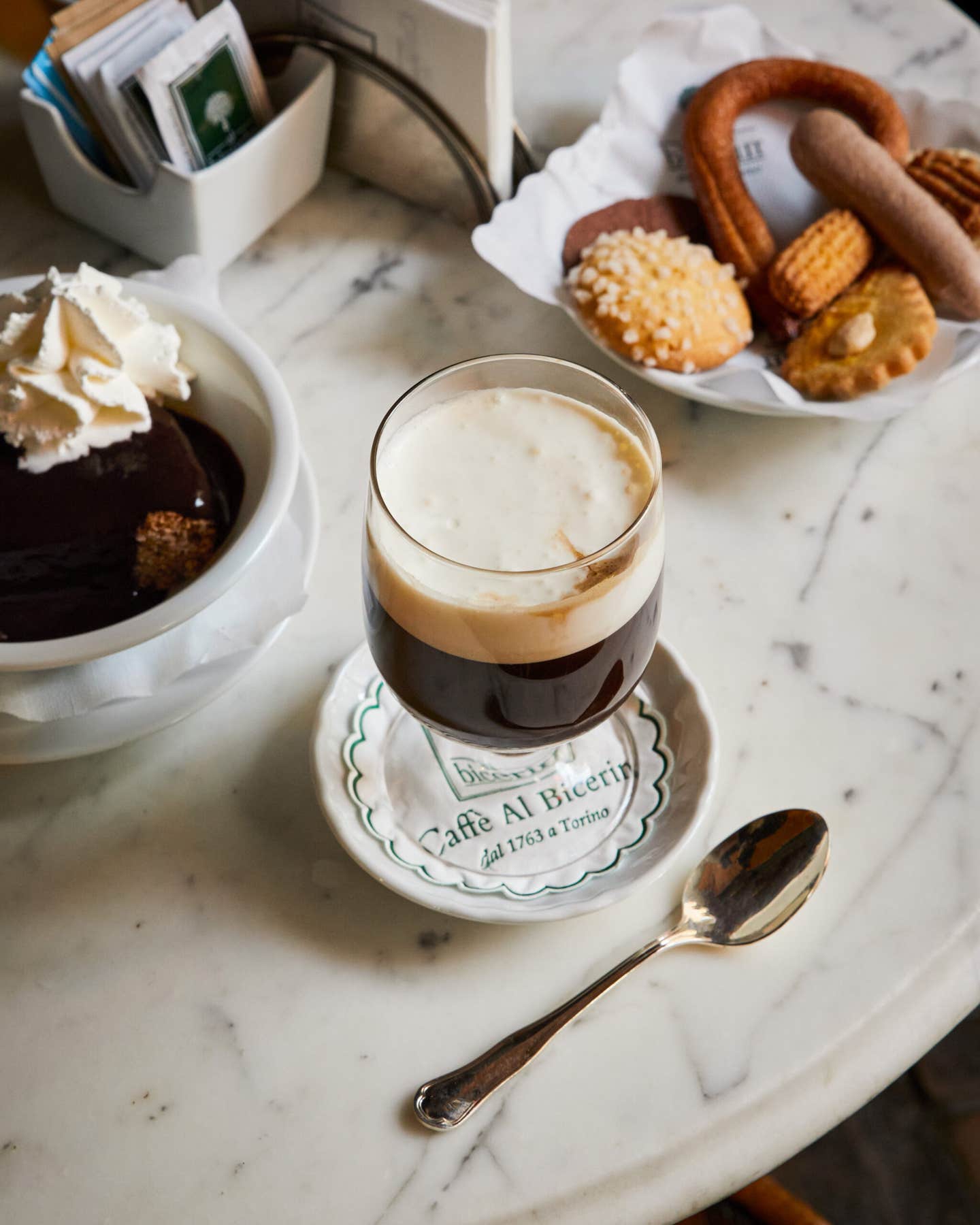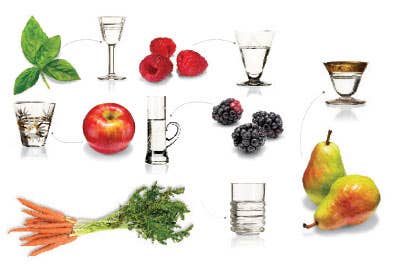
One morning about 20 years ago, I arrived at Amherst Regional Junior High School to hear an amazing story from my friend Jimi: The previous day, he'd been walking with a few friends along some railroad tracks that ran through the hills of western Massachusetts, when he'd found a mostly full bottle of peach schnapps. After sniffing to make sure the liquid wasn't something else, they'd chugged it. They got really wasted. I was impressed.
I've heard many variations on this story: schnapps (often peach but sometimes peppermint) consumed in odd places (basement rec rooms, booze cruises) and by odd methods (a water gun?) by people more concerned with inebriation than with taste. Somehow, though, I never drank it myself. Maybe there was always enough beer around, or perhaps, once Id acquired a mildly discriminating palate, the drink's debased reputation scared me off. When it came to schnapps, I thought, Why bother?
But that was before I learned about the good stuff. On a trip to Vienna last summer, I met Peter Hammerle, the spirits critic for Falstaff, the country's top food magazine. A trim 53-year-old with a neat goatee, steely short hair, and rimless eyeglasses, Hammerle grew up in Vorarlberg, the mountainous Alpine state where the making of schnaps is a local art. In his apartment I found myself surrounded by hundreds of bottles of the best schnaps in Austria—the country that produces more of this type of fruit brandy than anywhere else.
"I was born in a region where lots of fruits grow, and it's quite normal that everybody has trees behind their house," he told me. Once a year, a communal mobile still would circulate among the households, and the families would follow a process (as they still do today) that's little changed since distillation technology became widespread in Austria in the 18th century. At each home, someone would mash fruits—usually apples, pears, plums, and cherries—and let them ferment for several days, then distill them into a strong, clear liquor of around 65 percent alcohol. Water would then be added to make the drink palatable, bringing the alcohol content down to around 40 or 50 percent. This was real schnaps (as compared with schnapps, the sugar-sweetened, cordial-like American version I remember from my youth). Schnaps, which Hammerle explained is simply the term for fruit brandy in Austria, is also known as edelbrande or eau-de-vie; other regional brandies, like France's calvados (made with apples) and eastern Europe's slivovitz (made with plums), fall in the category that Austrians would call schnaps. The drink was bottled immediately, and families kept bottles on hand to serve when guests stopped by, or at the end of a meal.
As common as schnaps was, it was rarely very good. "The pears and apples you couldn't sell, you used them for schnaps," Hammerle said. Nowadays, he added, producers realize that you cannot make fine schnaps from subpar fruit. As an example, he poured a schnaps made from Williams pears (the same variety as Bartlett) from Stockvogler's, a distillery one hour south of Vienna, into a traditional long-stemmed, V-shaped glass. The nose was incredible, a burst of sharp pear skin, and when I sipped it, the potent elixir spread ripe fruit and warm alcohol through every part of my mouth. It was, at first taste, the best pear I'd ever eaten—and yet it was like no pear I'd ever eaten. Abstracted from the action of biting and chewing, the schnaps was the Platonic ideal of the Williams pear.
That impression got complicated as we tasted different scnaps and I encountered less-familiar fruits. I recognized the floral, citrusy quince, but the powerful almond flavor of rowanberries was altogether new to me, as was the mysterious mispel, with its vegetal, almost pickled-artichoke taste. (I later learned mispel is Japanese loquat. That hardly helped.) How could I make sense of these drinks? It was like reading Joyce's Ulysses without ever having heard of the Odyssey.
To get a better handle on schnaps, I drove to Riegersburg, a village in the region of Styria, near the borders of Hungary and Slovenia. There I found the distillery of Alois Golles—one of the best producers in Austria, according to Hammerle and others-where I was hit with a dizzying perfume. Raspberries! Inside, two copper stills were bubbling away with bright fermented fruit juice, and a computer display monitored temperature, pressure, volume, and other details pertaining to the distillation.
"Now is the raspberry season," said the stout 50-year-old Golles. He explained the schnaps-making process: as fermented juice boils, a condenser collects its fragrant vapors, which are then condensed into liquid form. In a third still was crystal-clear raw brandy; this was the spirit's second distillation, a common strategy, Golles said, among producers who want a more refined, aromatic end product. But he added that distilling isn't simply a matter of boiling off and capturing the alcohol. No, the flavors—and off-flavors—come in waves: an unwanted, garlicky "head," followed by the "heart," the delicious stuff you actually want to drink, and finally the "tail," which has an awkward scent of hay. Seventy pounds of raspberries are used to make each liter of schnaps (in contrast to 33 pounds of cheaper pears). And though the computer watches the temperature and alcohol content, it takes a trained nose like Golles's to sniff out just where (and when) the heart begins and ends.
Golles, the son of a farmer, comes to his profession with training. "I went to school not only for growing fruits but also to learn how to process fruits and make wine," he said. After graduation, he persuaded his family to switch from growing fruits for the market to growing fruits for schnaps. This was in the late 1970s, when the schnaps industry was in decline. At the time, Austria's winemakers were rising to international prominence, and schnaps makers wanted to follow suit. Bigger firms were unable to adapt to the gourmet market, but small distillers like Golles put an emphasis on quality and gained renown. Like all great schnaps, his express the characteristics that make fruits wonderful—the tight astringency of pear skins, the way an uberripe blackberry dissolves on your tongue. His aged apple and plum schnaps are stored in oak barrels for seven years and have a round, rich flavor of concentrated fruit. But, Golles's schnaps also have a slightly rough-around-the-edges mouth-feel from the intensity of the alcohol that reminds you of the drink's humble roots.
I found none of that rusticity in the spirits made by Hans Reisetbauer, a big, shambling 44-year-old who is almost universally acclaimed as Austria's best schnaps maker. Like Golles, Reisetbauer is a farmer's son who saw a way to take his family's business in a new direction. As we walked among the roughly 20,000 fruit trees on his farm in Axberg, in Upper Austria, he told me that his family had been raising commodity crops like corn when he decided to make schnaps from the best fruit he could get his hands on. He leased 3.7 acres from his father and by 1995 had 100 bottles of Williams pear schnaps and 200 bottles of kletzenbrine (dried-pear schnaps), some of which he brought to the Destillata, an annual championship for schnaps makers. His eaux-de-vie won "Schnaps of the Year."
The fact that Reisetbauer raises his own fruit gives him an advantage over other distillers, who often purchase theirs from as far away as Spain. Reisetbauer can pick his pears and plums the moment they ripen and ferment them immediately, capturing flavors and aromas at their peak. "Fifty percent of our quality is the fruit," Reisetbauer said. Unlike Golles, Reisetbauer strives for an utterly clean schnaps, with none of the fiery alcohol to distract from (or, depending on your taste, enhance) the flavor; his schnaps are not less alcoholic, but he distills them so that their intensity is balanced by fruit. You see this in his juicy, fragrant fruit schnaps, as well as in his more forward-looking products, like carrot schnaps, which tastes more like carrots than most carrots do.
After witnessing all this delicious progress, I was curious: What was schnaps like before Golles and Reisetbauer? So, I took a train into the Austrian Alps to Stanz, a village of 654 people—and 54 small-scale distilleries—high above the Inn River. There were apple, pear, plum, and cherry trees in bloom everywhere, and a plaque in town explained that ancient Romans had brought the art of fruit cultivation to the area. It was a Sunday; many of the distilleries were closed; when I stepped into Giggus, a family-run enterprise going back generations (the name is dialect for schnaps), the distiller's 17-year-old son, Daniel Nothdurfter, showed me the stills, which were small and old and produced liquor through a single distillation. This was a far cry from the technology behind Reisetbauer and Golles, yet the drinks had an undeniably rustic charm. An old varietal of plum was sticky and musty, and the gentian violet woodsy and smooth, like a drink of wildflowers. I asked Daniel how his family's schnaps had changed over the years.
"Three hundred years ago, you wanted to have a lot of schnaps," he said. "Today, you want to have good schnaps."
And today, I thought as I walked through the village, today I will.
Matt Gross_ writes the "Getting Lost" column for the_ New York Times. His most recent article for Saveur was "Taipei, Family Style" (April 2010).
Keep Reading
Continue to Next Story
